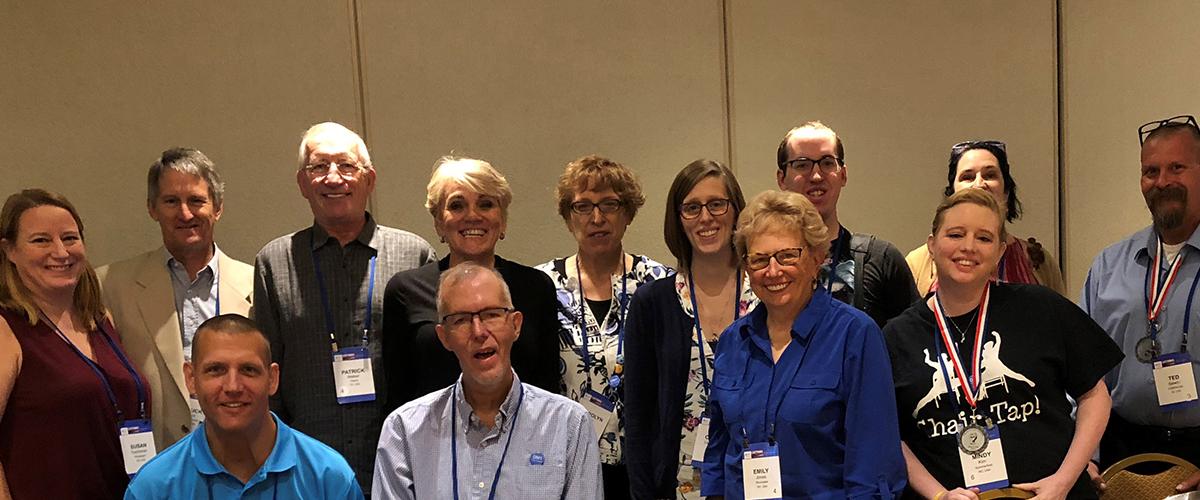Animal models play a key role in basic, translational and clinical research. The following tables highlight and summarize available animal models and tools for myotonic dystrophy research. Literature links connect to the original publication.
To find additional animal models or learn more about each respective system, please examine and follow the associated literature links and references within each table. The data included in each table was last updated and reviewed in June 2024.
Learn more about each of the following animal model types by downloading the corresponding summary document below:
- Mouse - This table summarizes available and commonly used transgenic mouse lines used in myotonic dystrophy (DM) research. The table also links to repositories through which mice are available for research.
- Zebrafish - This table summarizes available zebrafish (Danio rerio) animal models used in myotonic dystrophy (DM) research. Zebrafish are easy to genetically manipulate, highly prolific, and inexpensive to maintain in large numbers. Due to their embryonic transparency and external development, the use of zebrafish permits live visualization of developmental processes and cellular interactions without physiological disruption of tissues and organs.
- Fruit Fly - This table summarizes available drosophila melanogaster (“drosophila”, “fruit fly”, “fly”) animal models used in myotonic dystrophy (DM) research. Drosophila melanogaster is used in research due to its rapid life cycle, relatively simple genetics with only four pairs of chromosomes, and large number of offspring per generation.
- C. Elegans - This table summarizes available Caenorhabditis elegans (“C. elegans”) animal models used in myotonic dystrophy (DM) research. C. elegans is a eukaryotic, multi-organ, transparent nematode that lives in the interstitial water of soil and survives by feeding on microbes. C. elegans is a useful model organism as it shares genetic conservation with humans, has a short development cycle, and reproduces quickly. The nematode is also transparent, so scientists can track proteins and other molecules in the living organism.
- iPSC - This table summarizes available induced pluripotent stem cells or cell lines (iPSC) for myotonic dystrophy (DM). Such cell lines are derived from skin or blood cells that have been reprogrammed back into an embryonic-like pluripotent (undifferentiated or not yet committed) state that enable the development of an unlimited source of any type of human cell needed for therapeutic purposes.
- The iPSC Library: In 2016, MDF made a grant to RUCDR Infinite Biologics (DBA Sampled since 2022) and Rutgers University, which led to the creation of 21 iPSC lines from seven subjects for DM1 and DM2. These iPSC lines are available to commercial and academic users through the online catalog hosted by the National Institute of Neurological Disorders and Stroke (NINDS) Human Cell and Data Repository (NHCDR). Questions about the cell lines may be directed to Dr. Jennifer Moore, Head of Cellular Services at Sampled, at jennifer.moore@sampled.com.
- The iPSC Library: In 2016, MDF made a grant to RUCDR Infinite Biologics (DBA Sampled since 2022) and Rutgers University, which led to the creation of 21 iPSC lines from seven subjects for DM1 and DM2. These iPSC lines are available to commercial and academic users through the online catalog hosted by the National Institute of Neurological Disorders and Stroke (NINDS) Human Cell and Data Repository (NHCDR). Questions about the cell lines may be directed to Dr. Jennifer Moore, Head of Cellular Services at Sampled, at jennifer.moore@sampled.com.
- Methods - This table contains descriptions of research tools and methods import for DM research.

